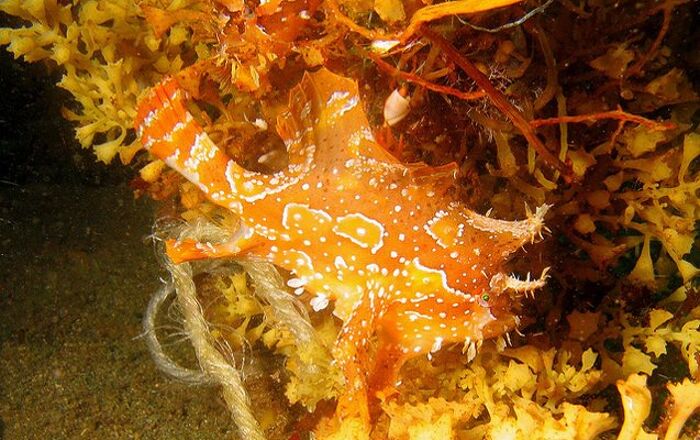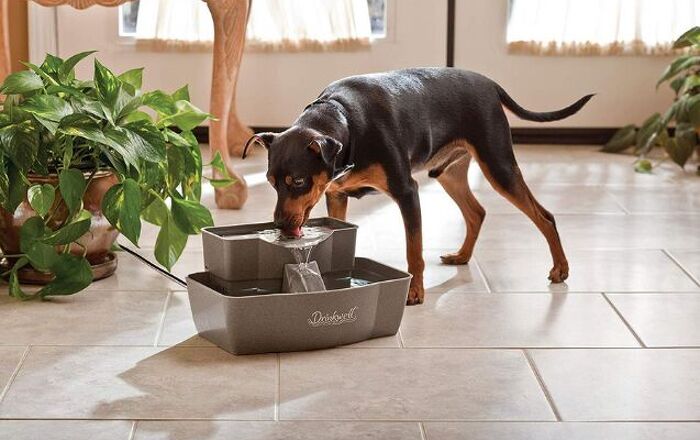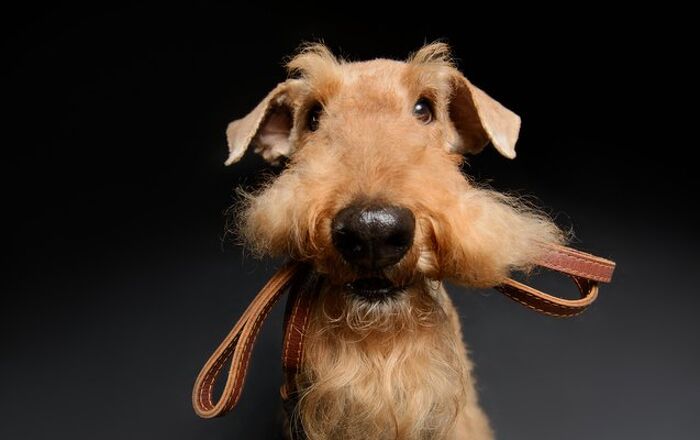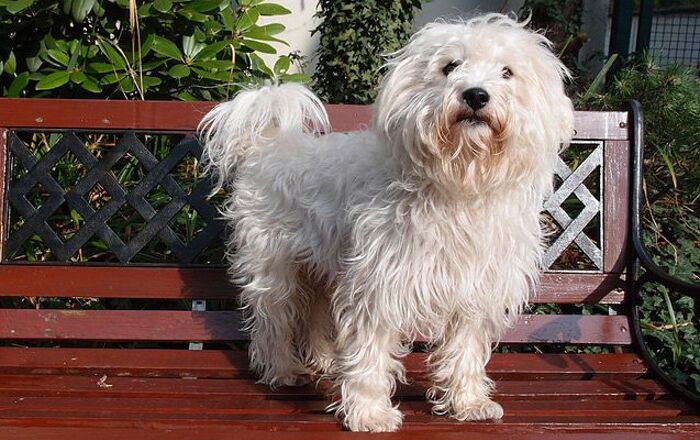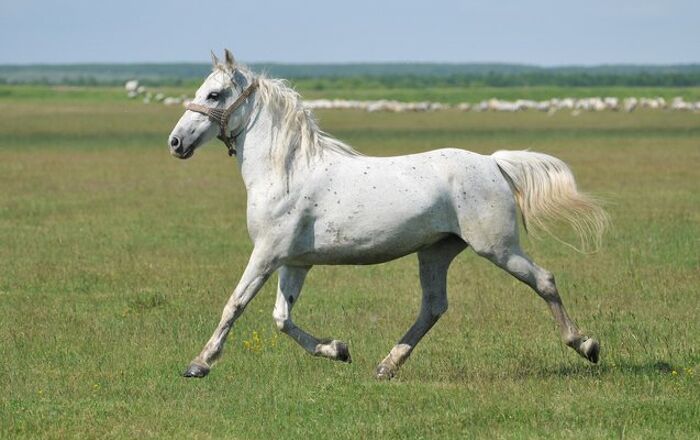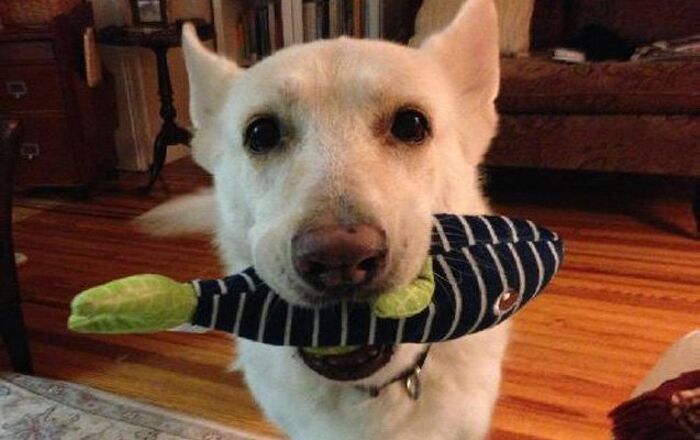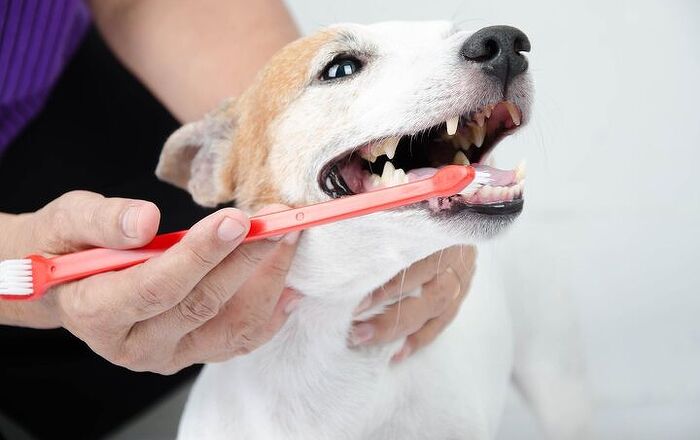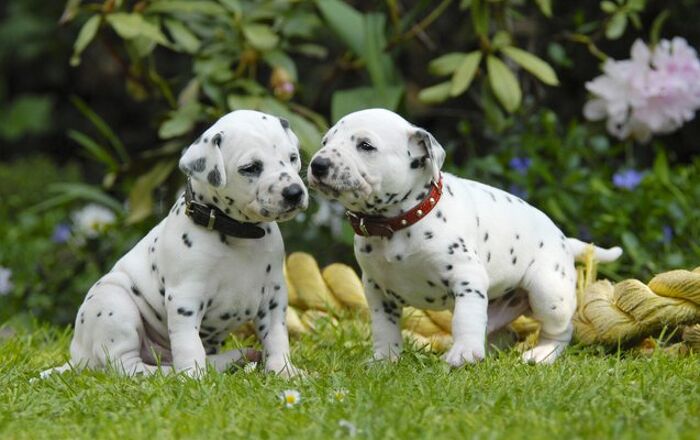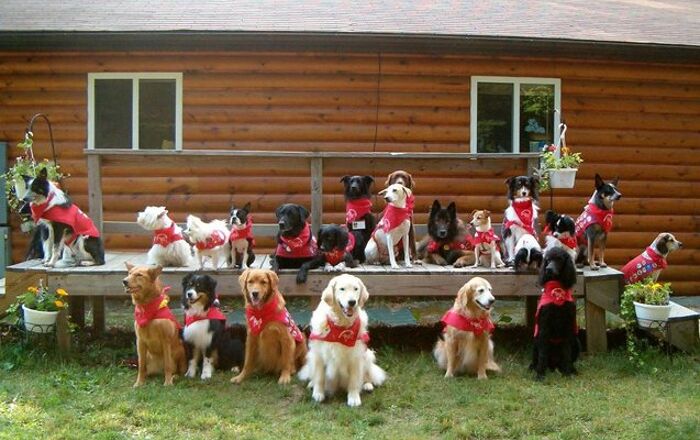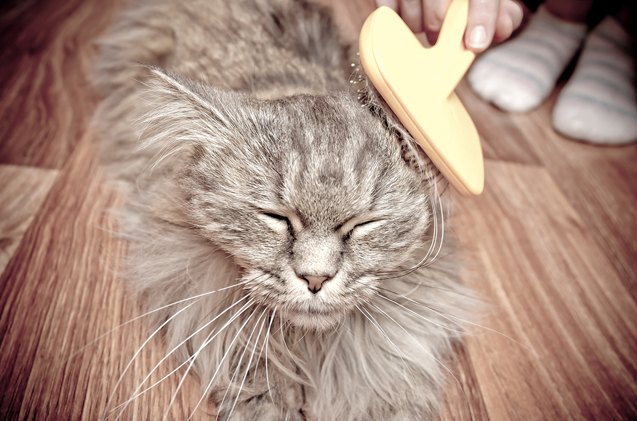
Such a pretty kitty! Here’s how to keep your cat looking her best.
Although cats are fastidious groomers on their own and you rarely, if ever, have to worry about bathing them, there are some grooming basics that you should be aware of that will help you keep your pet’s skin and coat healthy throughout her life.
Taking Care of the Skin and Fur
Bathing
Unlike dogs who typically need to be bathed on a regular basis, cats usually only need a bath when they have extremely oily skin or when they get themselves really dirty. A flea bath may also be warranted in the case of an infestation.
Related:Interactive Cat Brush Lets You Lick Your Cat –Hairballs Not Included [Video]
The key to bathing a cat successfully lies in using a mild, non-irritating, preferably natural feline shampoo. Only fill your bathtub with about three or four inches of lukewarm water. A large cup or pitcher can be used if you don’t have a gentle spray hose, making sure you avoid getting water in your cat’s nose, ears, and eyes. After applying the shampoo from head to tail, gently rinse and dry your pet with a towel.
Brushing
Brushing can be done in lieu of bathing because it’s a great way to remove dirt and irritants to keep your pet’s skin and coat healthy. It also helps to eliminate tangles, especially in long-haired breeds, and assists in distributing the natural oils of the skin throughout the coat in order to keep it soft and shiny. Brush once a week if your pet has short fur but more often (maybe even once a day) if you have a long-haired kitty.
Related:5 Cat Hacks to Understand and Treat Cat Hairballs
A metal comb can be used first to get to the skin and remove dirt from head to tail. This can be followed by a rubber or bristle brush to remove any loose or dead fur. Once again, move from head to tail, and be gentle on sensitive areas like the tummy. Be sure to remove any tangles you find along the way.
Kitty Pedicures
To keep your cat’s claws healthy and dull enough that she doesn’t inadvertently scratch you up and destroy your furniture, invest in a pair of nail clippers specifically designed for cats. Though you can certainly trim her front and back claws, most owners stick with the front paws only. To do so successfully, you need to get your cat used to having her paws handled. You can accomplish this by gently massaging her legs and making it a point to touch the feet and press in on them to extend the claws. Once she is used to this type of touch from you, she will be able to tolerate the nail clippings, though you may still need someone to hold her while you do the trimming.
Notice that each claw has a pink center. You want to avoid cutting into this area, which is referred as the quick. It is rich in blood and nerves. Instead, just trim the clear, sharp end of each claw to ensure it is a pain-free experience.
The Keys to a Successful Grooming Session
Never groom your cat when you, or your pet, are in a bad mood or stressed. Instead, take a few minutes out of your day when you are both relaxed and content to be around one another. This will make the process go more smoothly and quickly.
Also, start grooming your cat at a young age to get her used to the process. Start with short sessions and build up from there. You should even make it a point to pet your cat from head to tail, including the feet and belly, in order to get her used to your hands and to prepare her for the grooming tools, including brushes and nail clippers, you’ll use.

